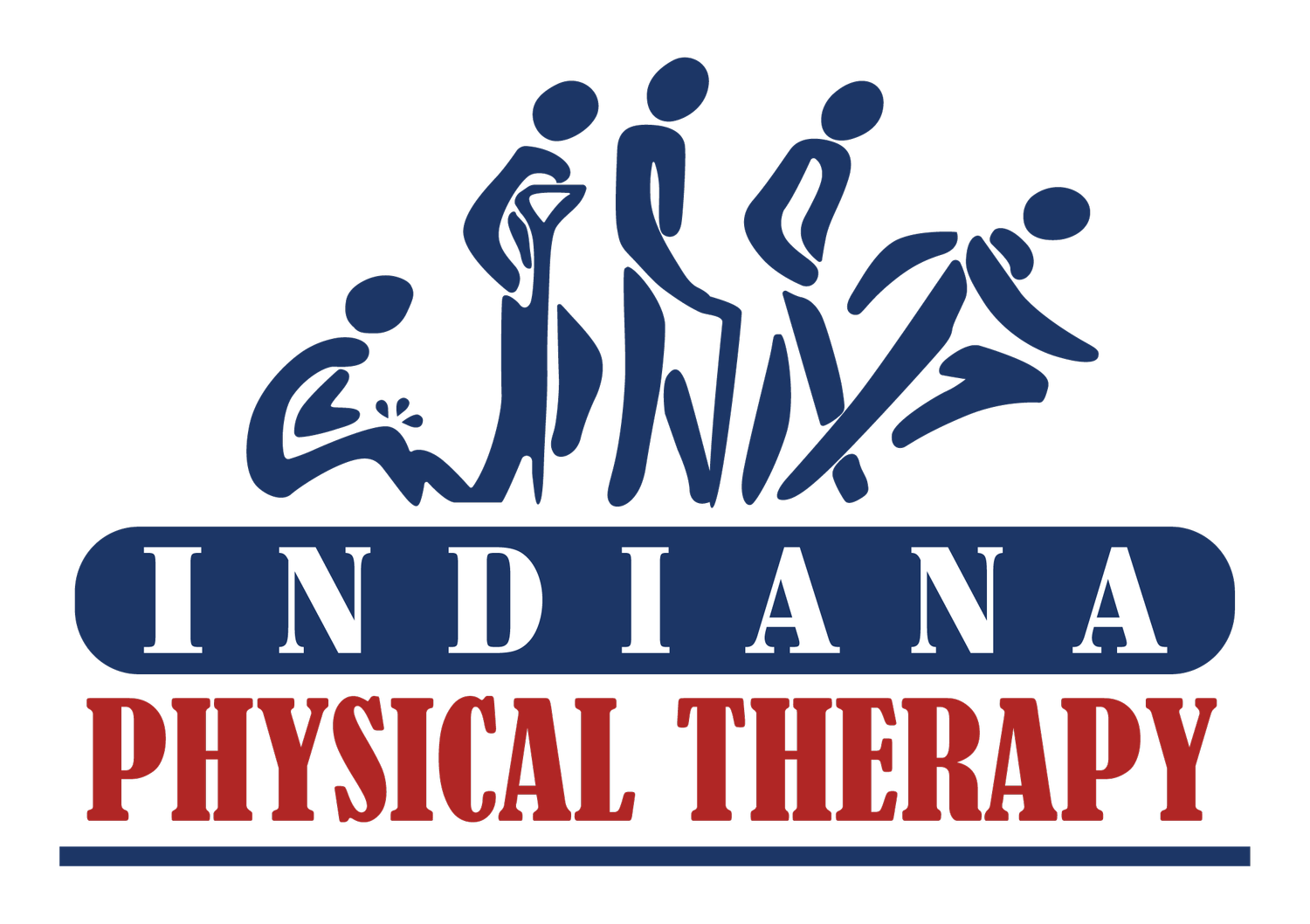Foot Care Tips
Let’s talk about feet! Our feet are often the most overlooked part of the body when it comes to self-care, and arguably the most important part of the body in regard to daily activities, exercise, and athletic performance as they are quite literally what connects us to the ground and direct how all of that force is distributed through the body. Many injuries, aches, and pains can be impacted by foot care, whether symptoms are localized here or not. Here is some information explaining some of the basics and some tips that might be worth incorporating!
Basic Info:
Common area of pain in active individuals and those with more sedentary life/job.
Common diagnoses include plantar fasciitis, achilles tendinitis, bone spurs, stress fractures, etc
The arches of the foot act as the body’s initial shock absorber, acting almost like a spring.
Must be mobile and strong enough to adapt to variety of surface and force changes.
If this is a weak link, can lead to direct injury or overstress the rest of the chain up to the low back.
How To Help Your Feet:
Exercise!
Often overlooked, but it’s just like the rest of the body.
Stretch, mobilize, strengthen, and stabilize the structures of the foot. (see below)
Let them be free!
Get out of your shoes at home.
Walk on a variety of surfaces if able.
Give them attention!
Exercises, warm up, recovery. (try rolling on a small ball or frozen water bottle)
Try shoe changes or orthotics – small/gradual changes.
Everyone is different, but if it’s not working, consider trying a different type of shoe.
Ask your physical therapist for recommendations!
Try these exercises out!
Toe Yoga
Isolate various movements of the toes including splaying the toes apart and lifting the big toe separate from the others.
Eccentric Heel Raise
On a small step, raise up on your toes, then slowly lower heels down until you feel a stretch in the calves. Hold this stretch, then repeat, emphasizing the slow, controlled lowering.
Single Leg Balance Variations
Control single leg stance, try incorporating various limb movements to further challenge stability.
Manual mobilization
Interlace fingers and toes, mobilize foot/toes all different directions.
Towel Crunches
Try crunching up a towel with your toes.


